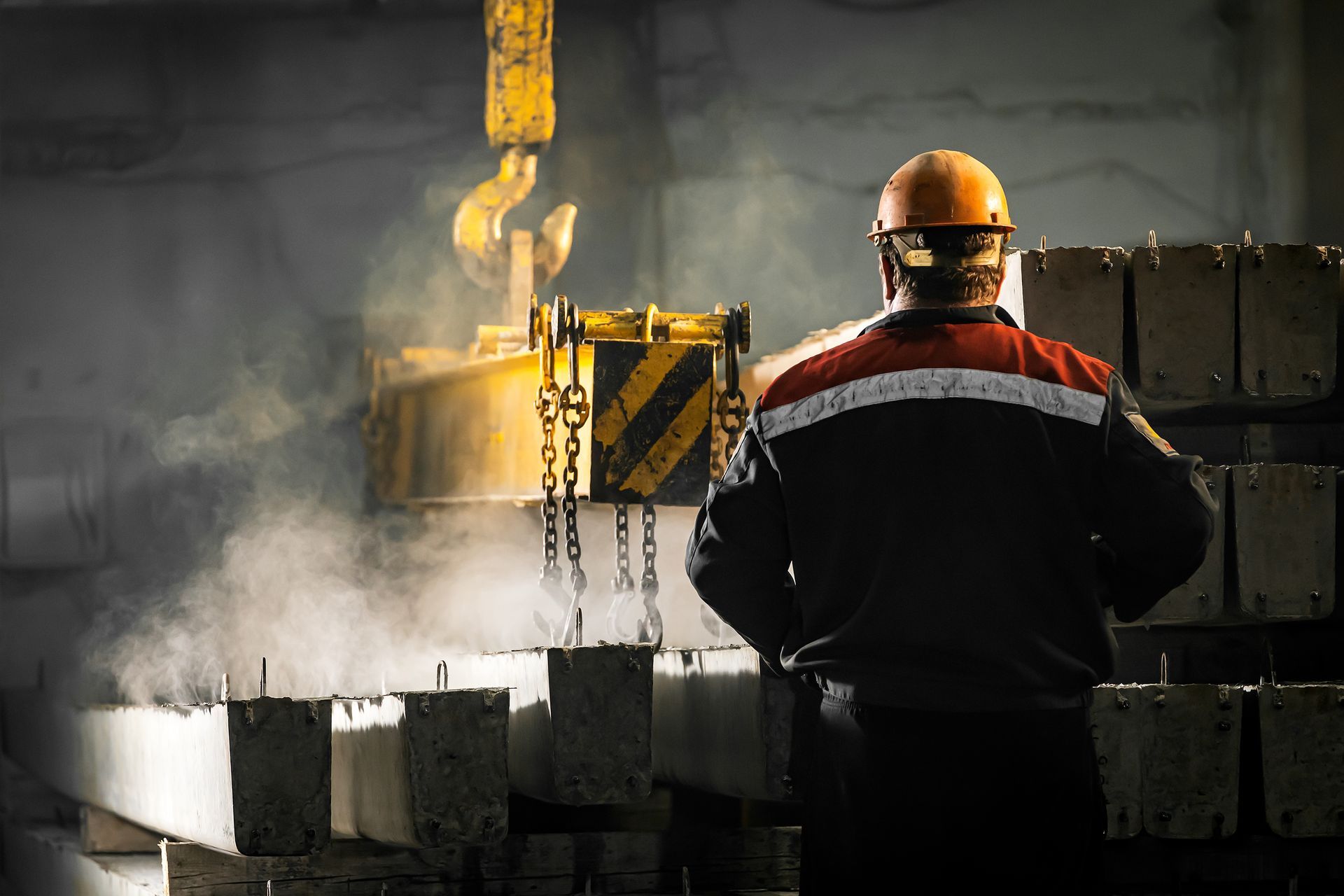A quick guide to embodied carbon in commercial real estate
What is 'embodied carbon' in a building?
Embodied carbon refers to the CO2 emissions associated with a building material, or construction process.* It factors in any greenhouse gas emissions that occur before a building is operational and after it stops being operational. This means it can include demolition and recycling.
Attention has for a number of decades been firmly fixed on reducing ‘operational carbon’. Embodied carbon, if considered at all, would only be looked at in the design stages of a new construction.
However, because it is far easier to achieve operational energy efficiency and net-zero carbon with a new building than an existing building this has led to the high profile demolition of some buildings.
There is now a sector push to consider the total carbon emissions associated with a project, including embodied carbon, to understand the true planetary cost of decisions.
Is it mandatory to calculate the embodied carbon in my building?
Not in the UK, except for London. The New London Plan requires Whole Life Carbon Assessments and Circular Economy Statements for any development of more than 150 residential units, buildings over 30m in height and commercial buildings over 2500 m2.
Additionally, embodied carbon, or life cycle assessments (LCA) are currently worth a significant credit in BREEAM, LEED v4 and many other certification schemes.
However, making it mandatory is a matter of significant debate at the moment with a large number of influential supporters including, RIBA, CIBSE and companies such as abrdn and Arup.
They are all signatories to what is known as the
‘Part Z’ amendment
which has been the topic of two private members bills in parliament, neither of which were supported by the government. The government has said it will consult on embodied carbon this year (2023). It follows the
Environmental Audit Parliamentary Committee recommendation that embodied carbon reporting be mandated using the methodology outlined in the
RICS Professional Statement on whole-life carbon assessments.

How do I calculate the embodied carbon of my project/proposed building?
In order to undertake a life-cycle assessment (LCA) a building has to be digitally “modelled” at a material level. Software has been developed that can now give an indication of both the embodied carbon and operational carbon, and therefore the broad environmental impact, for a construction or retrofit project.
The advantage of having the digital twin means not only can we calculate the embodied carbon figure for the whole project, but we can also get a percentage estimate for each material in specific use (ie ready mix concrete as the foundation). This enables swapping out of elements and the ability to find alternative, low-impact materials based on the embodied carbon data.
In addition, Environmental Product Declarations, EPDs, can be utilised if a specific material for a construction is wanted. The company producing the material would have the environmental impact of its production certified enabling a precise embodied carbon figure to be established.
LCA can easily be coupled with Life Cycle Costing (LCC) to help predict the costs and savings over the lifetime of the building. This includes all costs associated with construction, typical equipment replacement and demolition. Any energy generated by a building, through solar or wind, for example, will also be considered.
In summary
While achieving operational energy efficiency and operational carbon emissions is much easier with a new building than an existing building, once emissions are considered over the whole life cycle of assets, renovating an existing building is often preferable from a sustainability perspective.
We are now seeing far more demand from clients for embodied carbon assessments on retrofits as the sector tries to grapple with the complexity of transitioning to net-zero carbon.
*NB The RICS defines embodied carbon as: 'Carbon emissions associated with energy consumption (embodied energy) and chemical processes during the extraction, manufacture, transportation, assembly, replacement and deconstruction of construction materials or products.'
Resero can undertake LCA and LCC assessments on both new developments or retrofit projects. Find out more about our services, or contact info@resero.co.uk for more information.
Download our embodied carbon in commercial real estate guide












